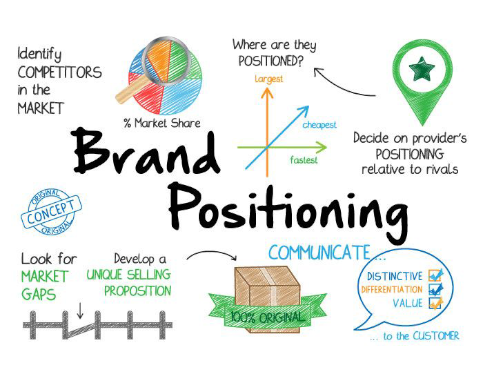In this post you will learn how to use gather data from your existing digital marketing campaigns to better understand your buyer persona and create a positioning statement that will help you drive more sales and skyrocket your brand.
Key concepts and definitions
In the process of learning marketing I had the same struggle most of you probably have: there are too many concepts and too much noise that totally made me think that marketing is something difficult that can be done only in big corporations with big teams and few to none actionable tasks that a solopreneur can do to grow his small business.
If you are in the same situation i would try to put my findings in words that can be easly understood by almost anyone and actionable tasks.
Positioning Statement
Here you define where your brand is placed in the market, in this statement you should answer two simple questions:
For who?
From who?
Buyer Persona
A buyer persona is your avrage ideal client profile: age, occupation, income, hobbies, shopping behaviour, problems, motivations.
This information you should summarize and give an answer to the questions For who from the paragraph above.
How to we gather data and use it to our advantage?
Let’s say we have an ongoing google ads or meta ads campaign on a clothing brand. Here is how to use the gathered insights:
Step 1: Analyze audiences
- Go to yours campaign insights report
- Analyze most common age range, locations, hours
- Than do the same for the converted trafic;
- Also analyze what is their behaviour related to your brand: what landing pages they come across and what they buy.
Step 2: Export all data into .csv reports
In google ads look for in-market segments or affinity categories while on meta ads you should look for Audience insights.
Export Purchases report from your ecommerce platform (Woocommerce, shopify, etc.)
Also you can try to use google search console data and google analytics.
Pro tip: In google ads under campaigns > Insights and reports > Report editor you can find many reports that you can use to get tailored information for your brand.
Step 3: Use AI to identify the buyer persona
This is my personal choice but you can brainstorm with your team if you don’t want to use AI.
I upload all gathered data into chatgpt and use the following prompt:
“Act as an marketing expert, please identify patterns and extract the buyer persona for (brand name) using the data i upload”
Step 4: Build the positioning Statement
Example you find out the buyer persona for your brand is Brad, 35-45 years old, that has a desk job in the same 9-17 period that he does his online shopping also we know about him that he likes to workout and wear casual/smart outfits, also he is located in an urban area.
Positioning example: Complete outfits to look good in the office and show off your gym efforts. (Brand Name) aims to combine sustanabilty with convenience offering you clothing that will last
Step 5: Use this information
With the information that you now hold you should create messaging and creatives and even new products to improve your advertising efforts and strenghten your market positioning.
The end result: more sales.
